The History and Uses of Buchu (Agathosma betuline)
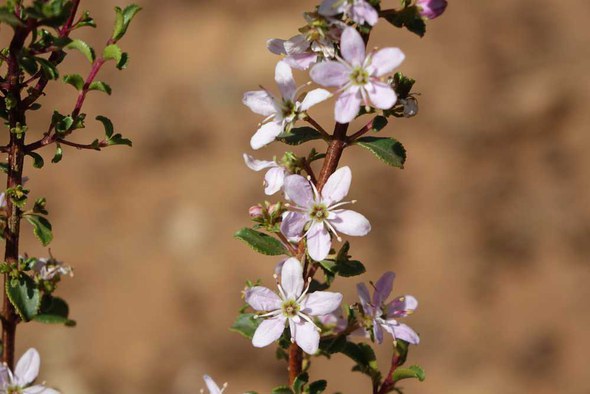
Buchu's way to Europe
The British colonialists were convinced of the health benefits of buchu and officially included it in the British Pharmacopoeia as a diuretic in 1821. In the late 19th century, the leaves were dried, baled and exported to Europe and America. Several bales of buchu are also listed on the Titanic's cargo list for her final voyage. Attempts at cultivation in England in the 19th century failed.
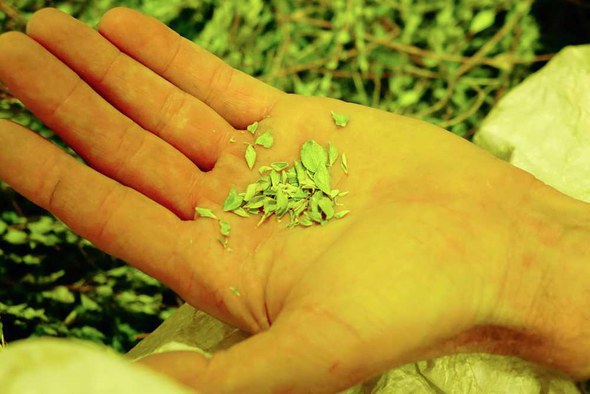
Traditional uses of Buchu
The indigenous people of the Cape used buchu as a tea for various internal ailments or used the leaves on cuts or burns. It was also powdered and mixed with animal fat to anoint their bodies and repel insects. Today, Buchu still has an excellent reputation throughout South Africa as a general health tonic and medicine. The leaves are chewed fresh or dried or infusions are made.
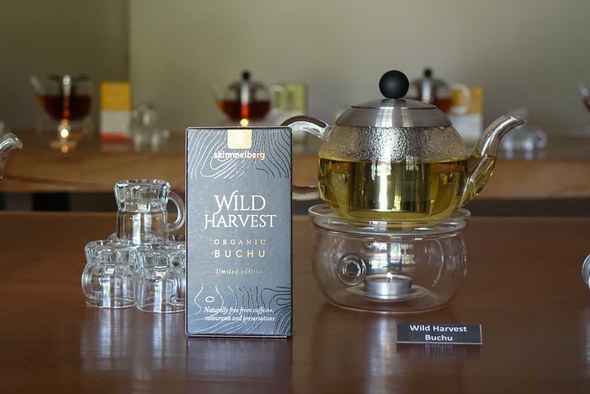
Health Benefits and Medical Uses
Buchu has a diuretic effect and is a mild urinary antiseptic taken to stimulate kidney function and to treat mild cystitis and prostatitis. In small doses it has an appetite-stimulating, digestive, flatulent and antispasmodic effect. The mild laxative effect probably results from the high mucus content. It is a stimulant, useful for hangovers and is also used to treat colds and flu, coughs, rheumatism and gout. The essential oils are probably responsible for the antispasmodic, antiseptic and diuretic effects, with isomenthone and diosphenol being the main compounds.
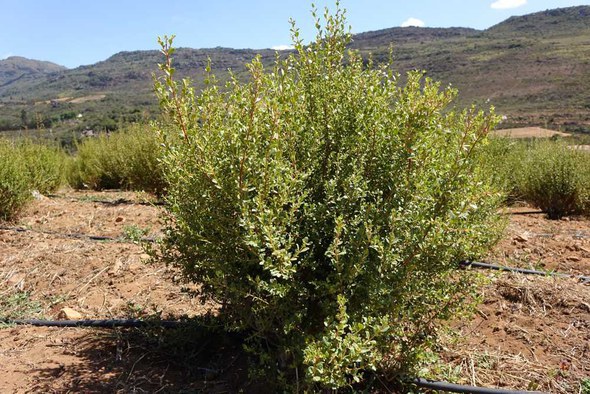
Botanical characteristics of Buchu
The round-leaf buchu (Agathosma betulina) is one of more than 130 Buchu species that grow in the wild. Agathosma species are perennial shrubs with woody branches and small, flat, gland-dotted leaves. The flowers are star-shaped and open, with five petals, five stamens and a five-lobed ovary in the center, which eventually forms the characteristic five-lobed fruit capsule.
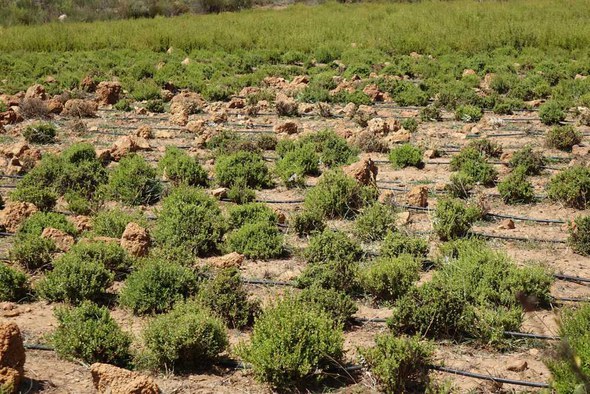
Commercial use and industrial processing
Due to the limited supply of wild-derived material, round-leaved buchu are currently being developed and cultivated as crops. The first commercial plantations in South Africa were established in the Piketberg region around 1955. Round-leaved buchu contains a valuable essential oil rich in isomenthone and diosphenol . This oil is mainly obtained through steam distillation of the leaves and stems. It also contains minor sulfur-containing compounds, which are important in the food industry because they have a characteristic blackcurrant smell and taste.
Buchu oil are obtained from harvesting 1 hectare of Buchu leaves.
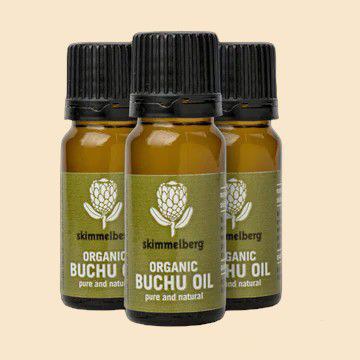
The chemical composition of Buchu oil
Buchu (Agathosma betulina) shows a golden color and can be divided into two main types of essential oil: the isomenthone chemo-type with a minty smell and the diosphenol -chemo-type with a turpentine-like note reminiscent of black currant. The main components and their approximate proportions in the essential oil are as follows:
1. Isomenthone chemo type:
- Main ingredient: Isomenthone (usually 35 - 55%)
- Other ingredients: limonene, menthone, pulegone, mercapto -menthone
2. Diosphenol chemo type:
- Main ingredient: Diosphenol (usually 25 - 50%)
- Other ingredients: limonene, menthone, pulegone, mercapto -menthone
The composition of a typical Buchu oil leaf is characterized by various main components, with menthone, isomenthone , diosphenol and pulegone representing the essential components.

Properties and uses of Buchu oil
Buchu oil has a slightly fruity, peppermint-like and terpine smell. Menthone and isomenthone give it a minty note, while diosphenol and ψ- diosphenol create a turpentine-like note and support the oil's anti-inflammatory properties.
Buchu oil changes to a fruity-tart note that is strongly reminiscent of blackcurrants, caused by the 8-mercapto-p-menthan-3-one it contains.
These distinctive properties make buchu oil a popular ingredient in perfumes and foods, especially in products that require a blackcurrant note. Although buchu oil is a natural flavoring, there are restrictions on its use in food depending on current regulations.




